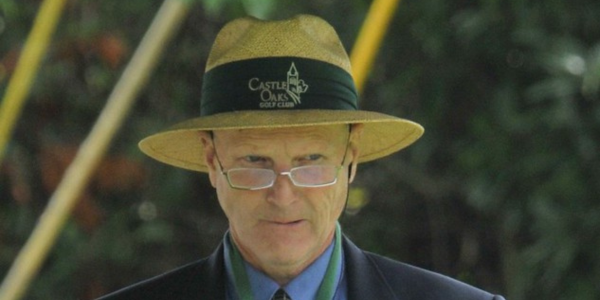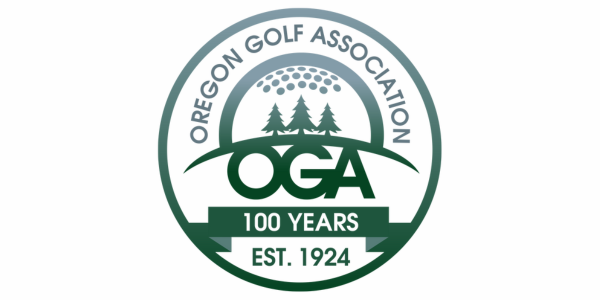Continued from June article: OGA's Evolution, A Tale of Growth (1974-1983)
After 66 years of sharing office space with other associations and employing the services of independent contractors, the Oregon Golf Association (OGA) took a bold step on January 1, 1990, by opening its own office with its own staff. This decision, coming at a crucial time, has yielded significant rewards and marked a new era for the OGA.
Chuck Fisk of Royal Oaks replaced Don Krieger as president, and Jim Cowan of Tacoma assumed the role of executive director. Initially operating from the old offices in downtown Portland, the OGA soon moved to more spacious facilities in Beaverton. The following two years saw the Association grow in size and stature, driven by inevitable changes. The executive committee expanded to include director-at-large positions, the annual report was enhanced with a comprehensive directory of member clubs, and the Oregon Junior Golf Fund achieved tax-exempt status, qualifying it to accept tax-deductible donations. Additionally, the OGA took over the administration of the Evans Caddy Scholarship program in Oregon.
Dedicated volunteers were brought into the fold as members of the T.A.G. team to assist in conducting tournaments. Their contributions proved invaluable as the tournament program expanded to include eight OGA championships and ten other events. The junior tournament schedule continued to flourish under the excellent guidance of Director Bob Norquist, Bob Harrington, and Coordinator Ms. Plank.
Despite the rapid growth of its programs, increased membership and higher dues bolstered the OGA's financial standing. From 1989 to 1991, total assets grew from $829,000 to $1,185,740, while the crucial Golf Course Acquisition and Usage (GCA&U) fund increased from $713,430 to $956,014. Two significant developments heightened the importance of this fund: Tim Stetson's appointment to the executive committee and chairmanship of the GCA&U committee, and the OGA's awareness of a potential partnership with Tukwila Partners of Woodburn.
Tukwila Partners offered to donate 179 acres of a 300-acre plot to the OGA, provided the Association would build and operate a golf course there, allowing the Partners to sell home sites. In May 1993, the deal was finalized, and by July, ground was broken for the first nine holes, a driving range, maintenance area, and a temporary clubhouse. Bill Robinson of Florence was hired as the architect, Chuck Siver came on board as the golf professional, and Kirk Kundrick was appointed superintendent.
Throughout the 1990s, the golf course development captured most of the headlines, but all OGA programs thrived. Fisk completed his third and final year as president at the end of 1992. By that time, the Association boasted 44,000 members across 128 member clubs and 10 associate member clubs. Junior highlights included the OGA's hosting of the Boys Junior America's Cup Matches at Pumpkin Ridge and the silver anniversary celebration of the Hogan Cup.
Tim Stetson, whose determination was pivotal in realizing the OGA Members' Club, succeeded Fisk as president. Stetson served three dynamic years before passing the gavel to Buratto. During this period, the OGA staff underwent several changes. Jim Cowan was replaced first by Steve Thorwald and then by Jim Gibbons. Despite these transitions, OGA programs continued to run smoothly.
Junior golf experienced a banner year in 1993 when the OGA boys won the Junior America's Cup title in Albuquerque, and the girls' team finished third in Reno. Additionally, Tiger Woods secured his third consecutive national crown by winning the USGA Junior Amateur Championship. More than 4,000 spectators gathered at Waverley's lush grounds to witness the budding star's performance.
As the 1990s progressed, the OGA's commitment to excellence and growth remained unwavering. With strong leadership, dedicated volunteers, and a clear vision for the future, the Association solidified its position as a leading force in Oregon's golfing community, poised for continued success in the years to come.
Stay tuned for the next decade in our series... up next is 1984-1993 in August.


